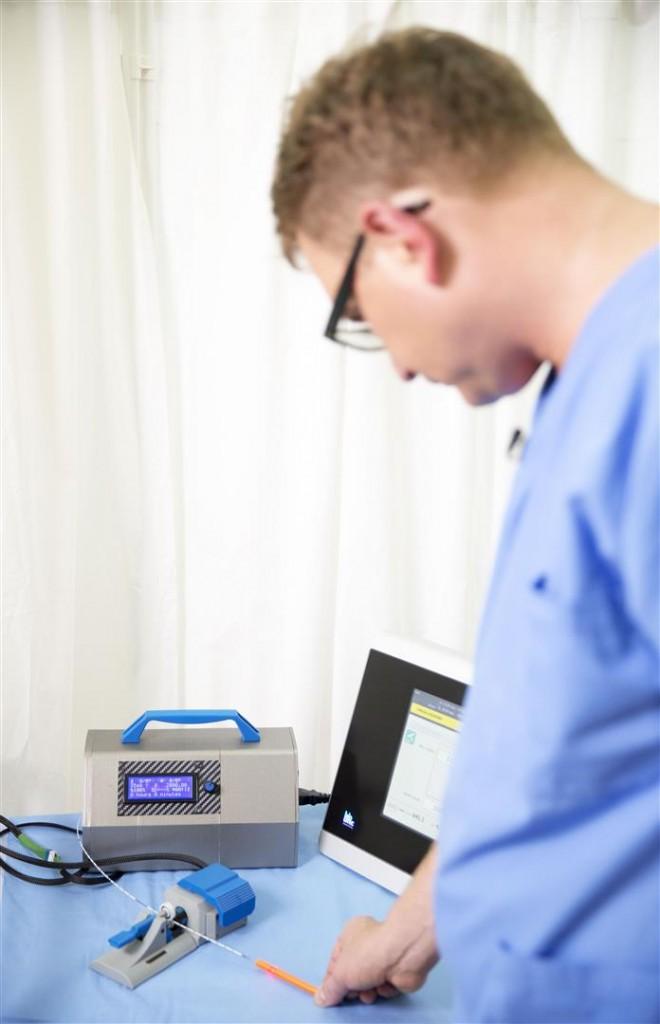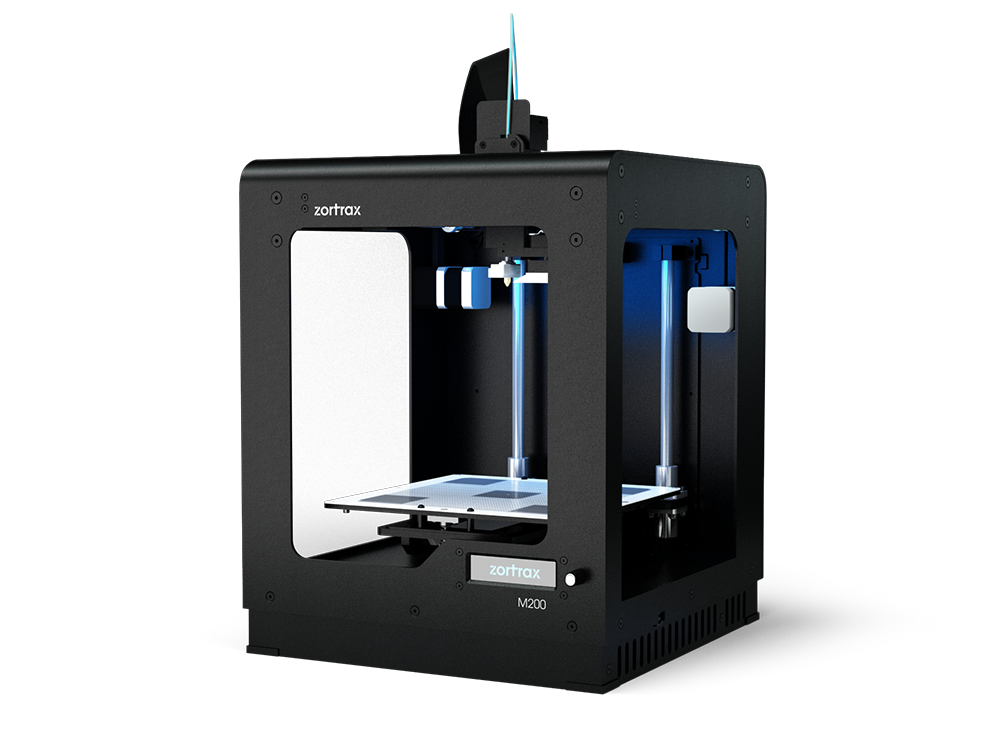 You would be hard pressed to find an arena in which 3D printing is not making an impact. While it has been clear for some time now that the potential offered to the medical field through 3D printing is enormous, it is still only just at the beginning of making its contributions. The latest of these is a 3D printed device designed to assist physicians in the endovascular surgical removal of varicose veins in patients’ legs.
You would be hard pressed to find an arena in which 3D printing is not making an impact. While it has been clear for some time now that the potential offered to the medical field through 3D printing is enormous, it is still only just at the beginning of making its contributions. The latest of these is a 3D printed device designed to assist physicians in the endovascular surgical removal of varicose veins in patients’ legs.
A somewhat unfortunately named machine, the Winch, more than makes up for those associations with the reduction in complications it delivers for this type of surgery. The Winch represents the first such device on the market and comes to us by way of the Polish 3D printing concern Zortrax. Engineer at Zortrax Robert Klaczyński worked with Dr. Marcin Feliga of the MEDIQ clinic to develop the machine, which has already been used in several test procedures in the Legionowo MEDIQ clinic, near Warsaw.
Despite advances in the procedure by which varicose veins are treated, the surgery is still one that requires a great deal of focus and skill. During the operation, an optic fiber laser is inserted into the veins and closes the vessels from the inside. This laser treatment requires absolute uniformity of movement by the optic fiber. If the fiber is removed too slowly or too rapidly from the vein, it can cause skin discoloration, skin irritation, or even burns.
 Dr. Feliga described the contribution this new 3D printed device will make to the performance of this operation:
Dr. Feliga described the contribution this new 3D printed device will make to the performance of this operation:
“The human factor is unreliable. The process of closing the vein properly requires the right laser strength applied to the appropriate vein length. We’re tired, we perform a lot of operations, and there is a risk of removing the optic fiber too quickly or too slowly. The Winch operates much like a ski lift. It removes the optic fiber from the vein with the same speed and over the same time and makes 100% sure that it is closed properly. The
device has diametrically changed our operations, we have an almost 100% frequency of proper vein closing. Meanwhile, global statistics fall between 80 and 85%.”
A further advantage of the Winch is that it was created on the Zortrax M200 3D printer, a small desktop model. This means that rather than requiring industrial production scale, this device can be printed with a relatively small investment, especially true as 3D printers become more regular parts of every medical office’s equipment.
Let us know your thoughts on this sort of medical equipment in the 3D Printed Winch for Varicose Veins forum thread over at 3DPB.com.
Subscribe to Our Email Newsletter
Stay up-to-date on all the latest news from the 3D printing industry and receive information and offers from third party vendors.
You May Also Like
Precision at the Microscale: UK Researchers Advance Medical Devices with BMF’s 3D Printing Tech
University of Nottingham researchers are using Boston Micro Fabrication‘s (BMF) 3D printing technology to develop medical devices that improve compatibility with human tissue. Funded by a UK grant, this project...
3D Printing Webinar and Event Roundup: April 21, 2024
It’s another busy week of webinars and events, starting with Hannover Messe in Germany and continuing with Metalcasting Congress, Chinaplas, TechBlick’s Innovation Festival, and more. Stratasys continues its advanced training...
3D Printing Webinar and Event Roundup: March 17, 2024
It’s another busy week of webinars and events, including SALMED 2024 and AM Forum in Berlin. Stratasys continues its in-person training and is offering two webinars, ASTM is holding a...
3D Printed Micro Antenna is 15% Smaller and 6X Lighter
Horizon Microtechnologies has achieved success in creating a high-frequency D-Band horn antenna through micro 3D printing. However, this achievement did not rely solely on 3D printing; it involved a combination...





























